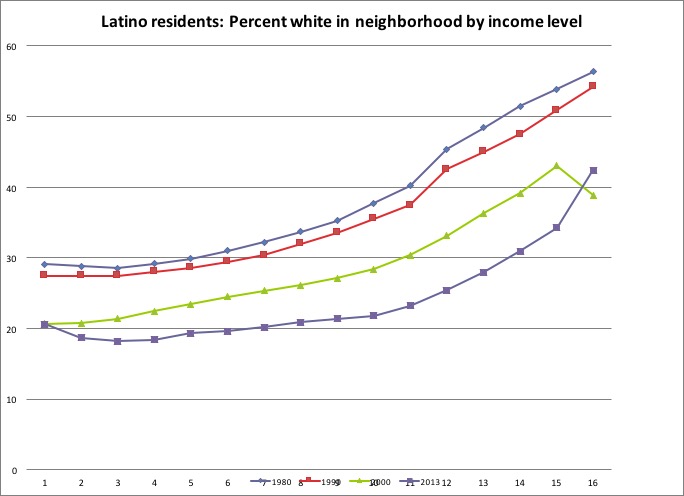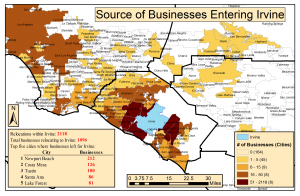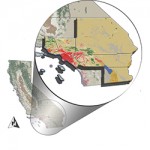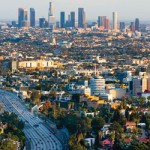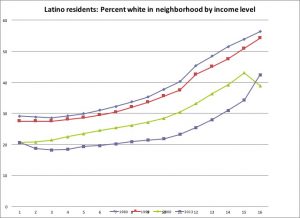
The neighborhoods we live in are important, as they are the locations of our daily activities. Nonetheless, there are differences in the characteristics of neighborhoods across any city or region. Our goal in this Report is to better understand the differences between neighborhoods. In particular, we are interested in understanding the differences in neighborhoods based on the socio-economic status of the household, as well as the racial/ethnic composition of the household. This better understanding can shed light on any possible inequalities that may exist and require policy attention. Furthermore, by taking a long-term view to this question—by studying the region from 1980 to present—we are able to provide insight on what types of changes have occurred in these neighborhoods over this period of time.
Download the full report here (.pdf)
